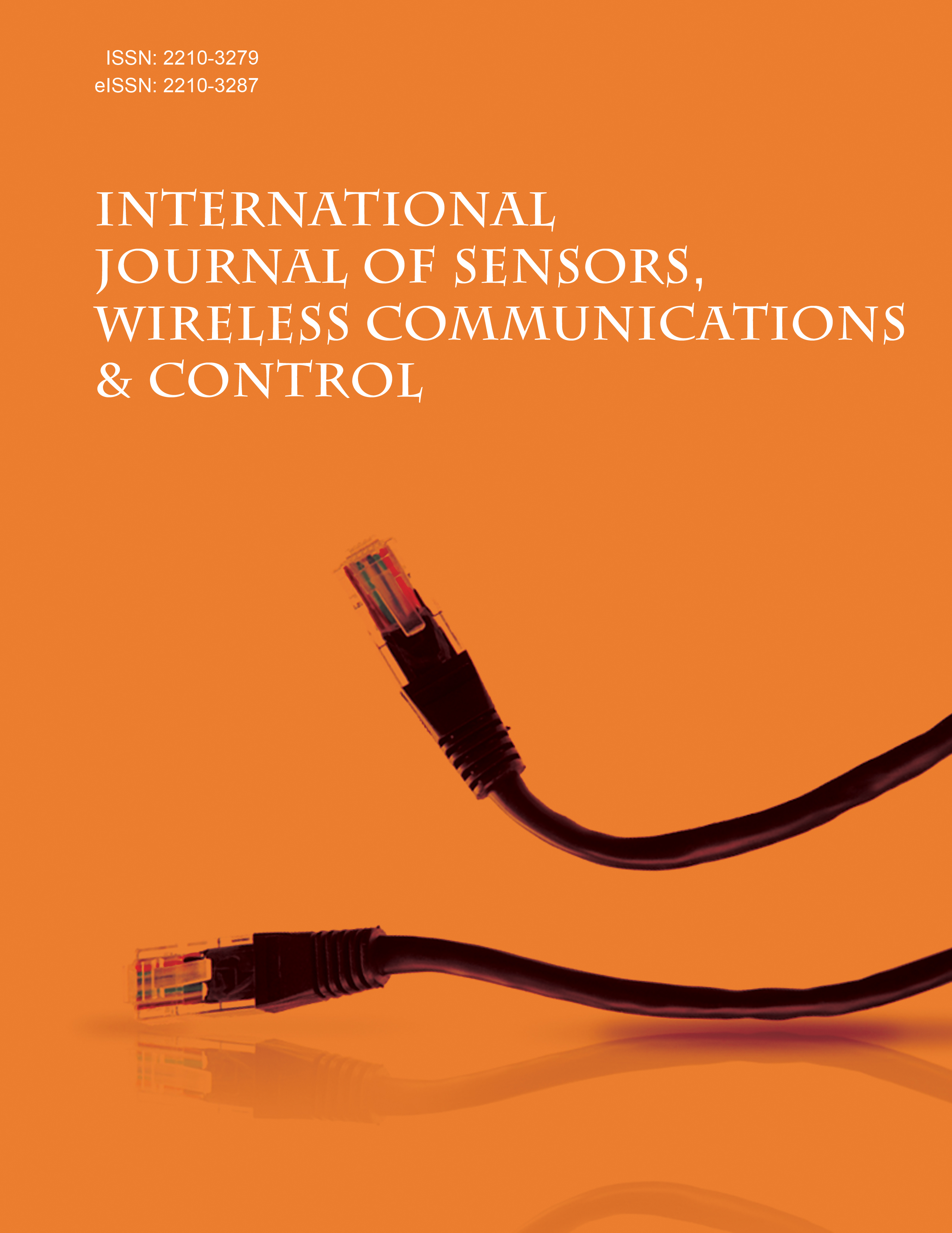
Full text loading...
We use cookies to track usage and preferences.I Understand
Steganography is the technique of hiding data for secret communication in a public media format. The image in which the hidden data is stored is called a stego image. Steganalysis is the process of targeting the methods of steganography to identify, remove, destroy, and exploit the secret data in stego images. The identification of embedded secret data in the image is the basis for steganalysis. The proper selection of the type and composition of cover files contributes to a better embedding. Several steganalysis techniques exist for detecting steganography in the images given. Because of the embedded data, the performance of the steganalysis technique relies on the capacity to retrieve the feature representations to identify the statistical portion of the image. Steganalysis & steganography has experienced tremendous development in recent years with the emergence of Deep Convolution Neural Networks (DCNN). In this paper, we explored the current state of research from the latest systems of image steganalysis based on deep learning. This paper presents different methodologies and frameworks of CNN, the research being carried out on image steganalysis based on deep learning and implementation complexities, and highlights the benefits and limitations of the existing techniques. This study also provides the direction for future research and may serve as a fundamental source for further research in deep learning-based image steganalysis.

Article metrics loading...

Full text loading...
References


Data & Media loading...

